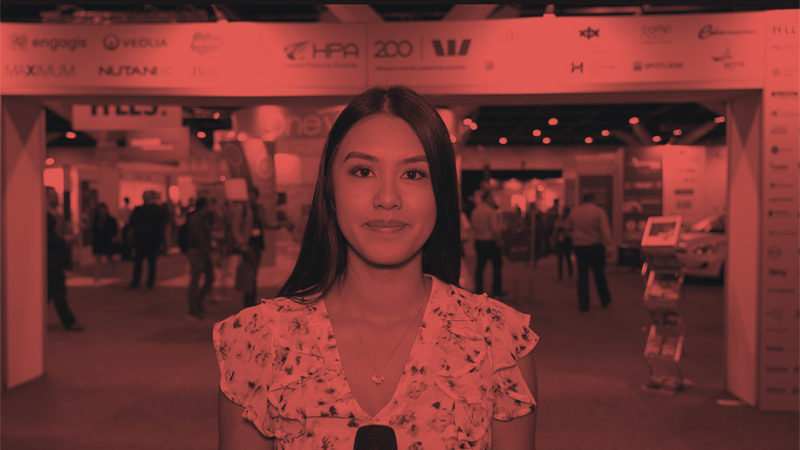Australian men with higher risk prostate cancer now have access to a nuclear medicine scan to help detect and treat metastatic disease, after it was listed on the Medical Benefits Schedule (MBS) from 1st July 2022.
In 2021 over 18,000 Australian men were diagnosed with prostate cancer, resulting in over 3,000 lives being lost – and making prostate cancer Australia’s second most common cause of cancer death in men.
Australia has led the world in the research and development of this scan using a relatively novel radiotracer, known as PSMA PET/CT. The availability of funding for PSMA PET/CT scans is a major win for patients, who until now have either paid for these tests themselves or found the scans unobtainable because of the cost. The Australasian Association of Nuclear Medicine Specialists (AANMS) welcomed the MBS funding which it says will help improve outcomes for thousands of men with a higher risk prostate cancer. “PSMA PET/CT imaging enables highly specific detection of tumour sites throughout the body with far greater sensitivity compared to other conventional scans. This enables doctors to make more accurate
diagnoses than is currently possible with other MBS-funded scans, and which in turn can be lifesaving for some patients,” said AANMS President, Associate Professor Sze Ting Lee.
The AANMS has worked closely with partners to achieve this important milestone in the diagnosis and treatment of prostate cancer.
“We would like to acknowledge the work of Dr Robert Ware from Cyclotek in generating the original funding application and their ongoing support in steering the application with AANMS during the tenure of my predecessor, Dr Geoff Schembri. We also extend our thanks to all those who supported the application, including AstraZeneca who sponsored the submission,” Associate Professor Lee said.
With funding now available, AANMS will work closely with other key stakeholders to ensure that patients are appropriately referred for these tests.
Australian Health Journal spoke with Associate Professor Lee and Dr Geoff Schembri on the MBS listing and the efforts to get it listed.
About AANMS
The AANMS is a peak body representing medical practitioners working in the field of nuclear medicine diagnosis and therapy. It works to promote and advance the clinical practice of nuclear medicine, which can be used to both diagnose and treat patients with a range of health conditions including the leading causes of death in Australia; cancer, dementia, heart and lung diseases; as well as renal, endocrine and paediatric disorders. Together with government and other stakeholders, AANMS is working to build a strong and sustainable nuclear medicine sector in Australia in order to optimise health outcomes for Australia patients.
You Might also like
-
Allied Health Building Leadership Experience in Tasmania
A notable program run by Hospitals South is the ABLE program, or Allied Health Building Leadership Experience. This program was created to address the challenge of allied health professionals being seen as a single entity, rather than as individual disciplines, when it comes to leadership and management opportunities. The program is delivered entirely internally, with seminars presented by senior staff and mentorship opportunities for participants to become more effective representatives of allied health in meetings and working groups.
-
Enhancing occupational therapy service provision with military veterans
Almost half a million Australians have served with the Australian Defence Force. Given the high prevalence of physical and mental health conditions and complexity of civilian life adjustment after military service, high-quality occupational therapy services are critical. However, there is limited description of occupational therapy service provision to individuals funded by the Australian Department of Veterans’ Affairs to inform government policy.
A cross-sectional study, led by Professor Carol McKinstry, Professor of Occupational Therapy and Deputy Dean with La Trobe University’s Rural Health School at the Bendigo campus has used an online survey to collect information from occupational therapists providing services to Department of Veterans’ Affairs clients.
-
Australian Healthcare Week
Held 27th-28th March at the ICC Sydney, the expo is one of the largest, if not the largest healthcare events in the regions. AHJ as media partner attended and met with delegates, exhibitors and leaders in the healthcare industry. Click the post to see footage.



